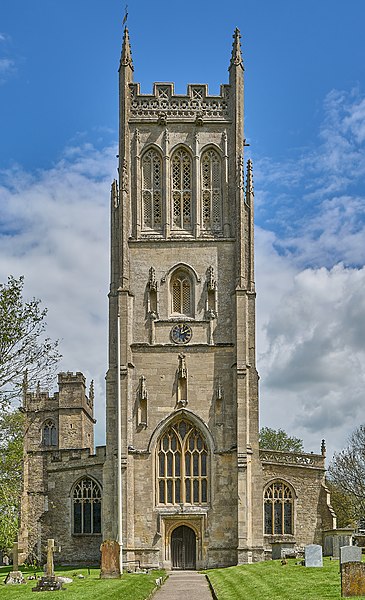West Somerset Mineral Railway
The West Somerset Mineral Railway was a standard gauge line in Somerset, England. Originally expected to be 13 miles 420 yards (21.3 km) long its length as built was 11+1⁄2 miles (18.5 km), with a 310-yard (280 m) branch to Raleigh's Cross Mine. The line's core purpose was to carry iron ore northwards from mines on the Brendon Hills to Watchet harbour on the Bristol Channel. From there the ore was shipped northwards to Newport where it was unloaded onto railway wagons and hauled to ironworks at Ebbw Vale. The line opened as intended in 1861. Passenger services commenced in 1865. The mines' and line's "period of prosperity" ended in 1875 and by 1883 all mining had ceased. The line lingered on for passengers and small goods until 1898, when it closed.
A view along the embankment from SS986354 looking westwards towards Gupworthy from the Withiel road underbridge
The inclined plane. Photo by Herbert Hole
WSMR goods shed at Watchet
The WSMR passenger station at Watchet, which is now a house
Somerset is a ceremonial county in South West England. It is bordered by the Bristol Channel, Gloucestershire, and Bristol to the north, Wiltshire to the east and the north-east, Dorset to the south-east, and Devon to the south-west. The largest settlement is the city of Bath, and the county town is Taunton.
Image: Somerset Levels from Glastonbury Tor (27941775545) (cropped)
Image: St Mary the Virgin, Bruton, Somerset
Image: Puente Pulteney, Bath, Inglaterra, 2014 08 12, DD 51
Palladian Pulteney Bridge at Bath








